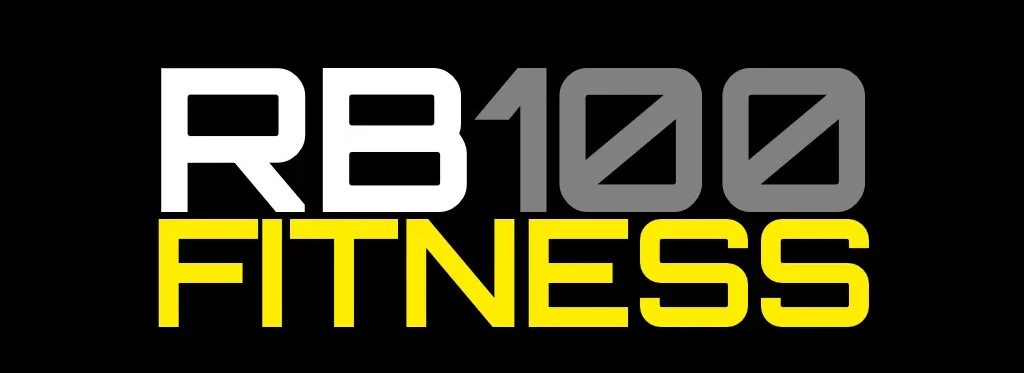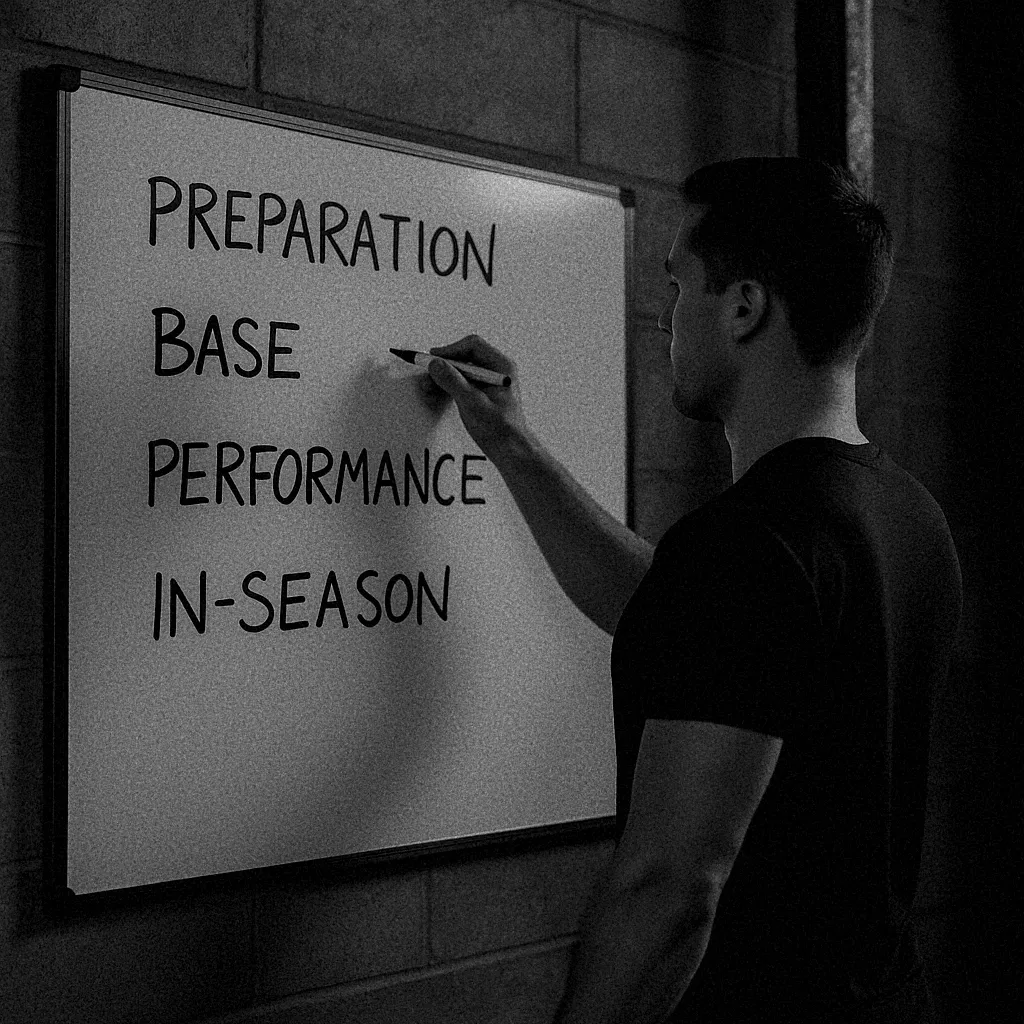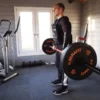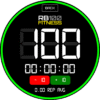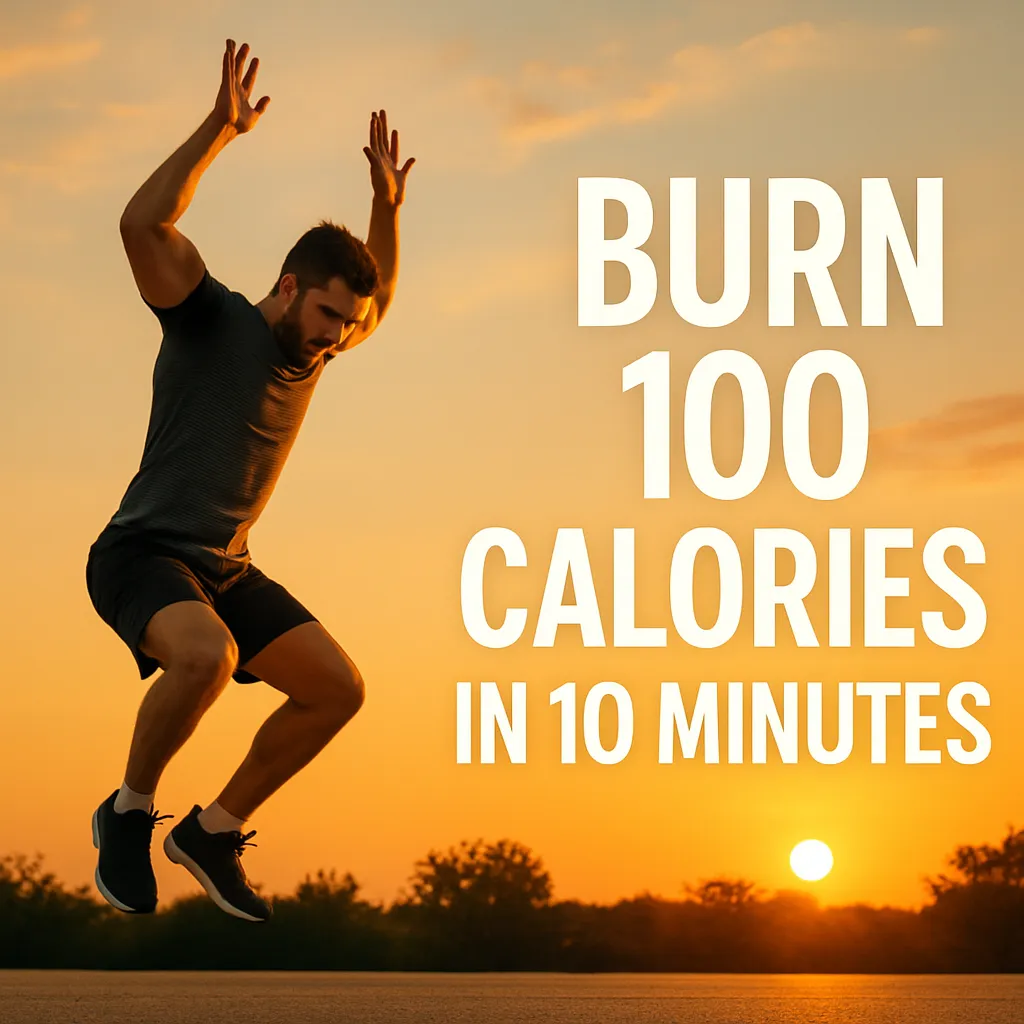Introduction: The Secret to Consistency
HYROX rewards athletes who can train smart, not just hard.
The sport demands balance running endurance, functional strength, and the ability to sustain both over long seasons. Without structured periodisation, you’ll either overtrain or plateau.
Periodisation breaks your HYROX Season 2025/2026 into clear training blocks, each with a specific goal. It’s the difference between simply exercising and systematically building toward peak race performance.
“Periodisation isn’t about doing more it’s about doing the right work at the right time.” — RB100.Fitness
What Is Periodisation?
Periodisation is the strategic division of your training year into distinct phases.
Each phase builds specific physiological qualities strength, endurance, power, and recovery that layer on top of each other.
In simple terms:
- Base Phase: Build your aerobic and technical foundation.
- Build Phase: Add intensity and race-specific strength.
- Peak Phase: Sharpen pacing and simulate competition.
- Taper Phase: Reduce volume to allow full recovery before racing.
- Transition Phase: Active recovery between events.
These cycles repeat across the year depending on your race schedule.
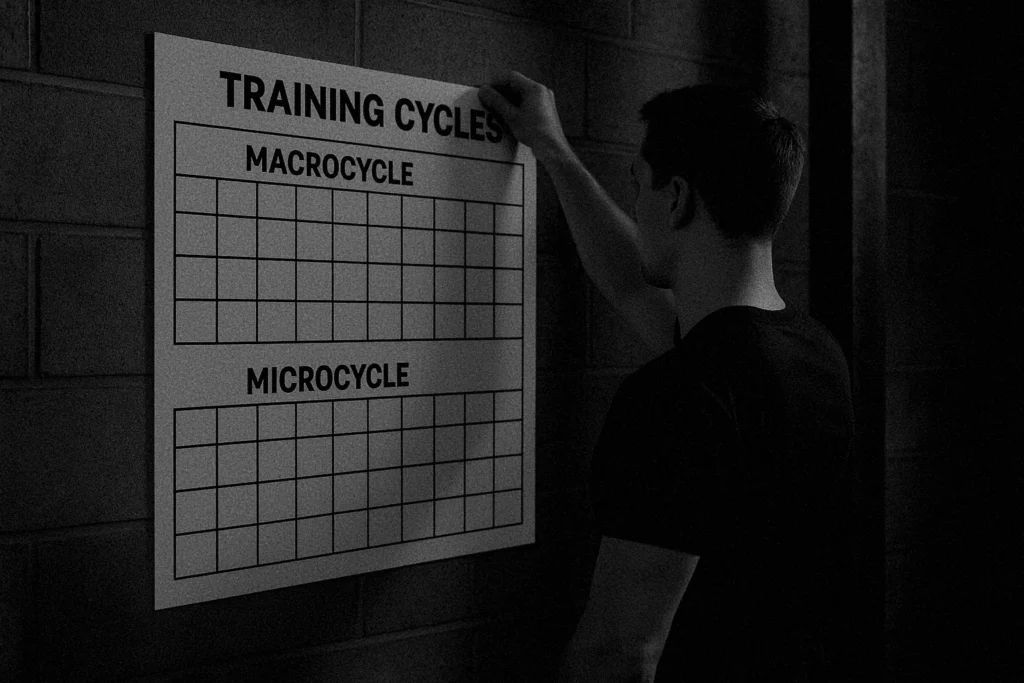
The HYROX Season Framework
The global HYROX calendar typically runs September to June, leaving a clear off-season window in the summer.
Here’s how to structure your year for Season 2025/2026:
| Phase | Months | Focus | Key Goals |
|---|---|---|---|
| Base Phase | Jul–Sep | Aerobic Base + Strength Foundation | Zone 2 cardio, full-body lifts, technique work |
| Build Phase | Oct–Dec | Endurance + Strength Endurance | Sled training, intervals, mid-season simulation |
| Peak Phase | Jan–Apr | Race-Specific Prep | Brick sessions, pacing drills, transition work |
| Taper Phase | 7–10 days pre-race | Race Readiness | Reduce volume, maintain intensity |
| Transition Phase | 2–3 weeks post-race | Recovery + Reset | Mobility, light cardio, planning next block |
This model ensures you can race multiple times per year without burnout — crucial for athletes competing in several events across the season.
1. Base Phase: The Foundation
The goal is to create durability.
- Training Focus: Aerobic base, mobility, general strength.
- Typical Volume: 4–6 sessions/week, lower intensity.
- Example Workouts: 40–60 min Zone 2 runs, sled technique, accessory lifts.This is where you lay the engine that carries you through the heavier phases ahead.
See Zone 2 for HYROX: Aerobic Base That Doesn’t Steal Speed for guidance.
2. Build Phase: Adding Load and Intensity
Now it’s time to introduce functional stress.
- Training Focus: Sled push/pull power, muscular endurance, threshold intervals.
- Example Workouts:
- 4× (1 km run + sled push 50 m + sled pull 50 m)
- 20 min AMRAP: 250 m SkiErg + 10 wall balls + 10 burpee broad jumps
- Goal: Blend strength and engine work seamlessly.
For examples, see HYROX Training Plan Example: 8 Weeks to Race Ready.

3. Peak Phase: Sharpen the Sword
This phase is about precision and race-day specificity.
- Training Focus: Pacing, transition efficiency, and fatigue management.
- Example Workouts: Full simulations at 80–90 % effort; brick sessions like (1 km run + 20 wall balls × 8).
- Goal: Reduce overall training load but maintain intensity.Monitor heart rate and recovery closely to avoid burnout.
See HYROX Simulation Workouts: Train Like It’s Race Day.
4. Taper Phase: Timing the Peak
Tapering allows your body to recover fully while retaining sharpness.
- Duration: 7–10 days pre-race
- Volume: 40–60 % of usual training
- Key Sessions: Short run intervals, sled technique, light mobilityAvoid introducing new exercises focus on recovery, hydration, and race-day rehearsal.
See How to Taper Before HYROX: The Mental and Physical Edge.
5. Transition Phase: Recovery and Reflection
After the race, take time to reset.
Active recovery ensures you return fresher for the next cycle.
- Focus: Easy movement, reflection, planning.
- Duration: 2–3 weeks.Use this window to review times, identify weak points, and adjust training priorities.
See Post-Race Reflection: Learning from Every HYROX Event.
Using Periodisation Across Multiple Races
Many athletes now compete in 3–5 HYROX events per season.
To stay consistent:
- Treat your first race as a performance check.
- Adjust training blocks based on recovery and results.
- Plan 4–6 weeks between major races to rebuild fitness.
Integrating minor “mini-tapers” before each event maintains performance while preserving the training rhythm.
For upcoming dates, visit the RB100 Fitness Racing Events Calendar.
Mindset and Planning
Periodisation also builds psychological stability.
Knowing when to push and when to rest removes anxiety and creates momentum.
Athletes who trust the process avoid burnout, stay confident, and perform predictably through every phase.
“HYROX success isn’t random it’s the result of consistent systems applied over time.” — RB100.Fitness
About HYROX Season 2025/2026
- Global competition circuit: September 2025 – June 2026
- Standardised race layout worldwide
- Categories: Open, Pro, Doubles, Relay
- Qualification pathway to HYROX World Championships 2026
Plan your season at the RB100 Fitness Racing Events Calendar.
